In this interview with an email marketing expert, we'll discuss common challenges, strategies, and practices for successful B2B lead generation campaigns. We invited Diana Kastahladava to share her insights on these topics.
Expert

Diana Kastahladava is an SEO expert at Onilab, an e-commerce development company that specializes in creating and enhancing online stores, with an emphasis on user-centric and mobile-first approaches.
With over 12 years of experience, Diana specializes in digital marketing, website optimization, and e-commerce. She adopts a holistic approach in her work and conducts deep research into SEO, personalization, SMM, and other topics before sharing her expertise with a wide audience.
Onilab’s portfolio includes significant work for B2B clients, including development of platforms such as ThingPark Market, which focuses on advanced IoT systems and devices for B2B customers, and Würth MODYF, a German workwear manufacturer that caters to B2B clients across Europe. Furthermore, Onilab offers comprehensive Salesforce development services, supporting B2B operations by integrating and customizing Salesforce solutions to enhance business processes, customer service, and sales management.
In this interview with Stripo, Diana shares her insights on the most effective strategies for leveraging email marketing in B2B lead generation. She discusses the key challenges that marketers face, such as cutting through content noise, adapting to shifting buyer behaviors, and ensuring precise lead segmentation. Diana also emphasizes the importance of personalization, dynamic content, and automated workflows in driving engagement and conversions in B2B email campaigns.
Understanding email marketing for B2B lead generation
Stripo: How do you see email marketing fitting into the broader B2B marketing strategy, and why is it important?
Diana: Email marketing remains a pivotal element of a broader B2B marketing strategy.
Hardly any channel can compare with emails in terms of their ability to sustain communication with the audience.
First, you need to gain a lead's contact details, which is done easily with lead magnets, enticing offers, and personalized landing pages that capture their interest. Once you have their data, you can leverage a broad range of possibilities, such as:
- nurturing leads through the funnel;
- personalizing content and segmenting the audience;
- building and maintaining relationships;
- driving traffic and engagement;
- measuring and optimizing performance;
- integrating with CRM and automation tools;
- complying with various regulations and building trust.

(Source: Stripo email template)
Common challenges in B2B lead generation
S: What do you think are the biggest challenges in B2B lead generation today?
D: It's gotten harder to capture people's attention. With so much content generated (including AI assistance), the amount of information thrown at modern consumers is overwhelming. This trend is apparent in B2C and is equally significant in B2B.
How do you cut through the noise and get through to decision-makers? We now have to come up with holistic approaches to digital marketing, encompassing great content, SEO, targeted advertising, and personalized outreach.
I'd also like to bring up the shift in buyer behavior. B2B clients are more informed and self-sufficient than ever, so purchases become complex. According to Gartner, 77% of B2B buyers classified their latest purchases as extremely complex or difficult.
Most of them conduct extensive research before engaging with a vendor. Some don't even contact sales reps. They expect to find necessary information on their own. This creates higher standards for UX/UI designers, content teams, and marketers.
For example, they should ensure a seamless transition along the purchase journey. At Onilab, we understand this challenge. We start with CRO auditing and implement suggested changes to eliminate friction points and ensure higher conversions.
Moreover, marketers need to focus on the quality of leads and get the right content to the target audience at the best time. This means that lead scoring and segmentation must be precise.
Finally, there's the challenge of integrating and making sense of data. As more tools emerge, more data sources become available. We need to bring all this data together, and that's no small feat.
Strategies for successful email marketing B2B lead generation
S: In your experience, what common mistakes do marketers tend to make when segmenting their email lists, and what advice would you give to help avoid them?
D: One of the most common mistakes in email list segmentation is choosing the wrong size of the audience unit. It's easy to get too broad or too narrow. Broad segments lack the desired level of precision; however, narrow ones are too complicated. It's unnecessary to cater to every individual, in which one can lose sight of the bigger picture.
Another mistake is relying on improper data. For example, solely using demographics, such as industry or job title, may lead to incorrect strategies. Two CTOs from different companies might have vastly different interests. That's where a marketer should look into a prospect's engagement history, such as downloads, clicks, or website visits.
S: In your opinion, what are the most effective ways to personalize email content for B2B audiences, and how can this drive better engagement?
D: First and foremost, go beyond just using the recipient's name in the subject line. Personalization in the 2020s entails delivering content that directly addresses the recipient's pain points and business challenges.
I personally pay attention to the recipient's stage in the buyer's journey. If it’s the awareness stage, provide educational content, like blog posts or industry reports. If a lead is in the decision-making stage, offer case studies, product demos, or ROI calculators.
One more tactic I'd like to mention is dynamic content, which means changing parts of an email based on the recipient's data. For example, if you know that a prospect is interested in a specific product, your email can feature it, along with testimonials and relevant case studies.
Finally, consider your emails’ timing. Sending emails when your audience is most likely to engage can significantly boost open and click-through rates.
S: What types of automated email workflows have you found to be most effective for nurturing B2B leads?
D: The must-haves include:
- welcome series (to introduce the brand, set expectations, and guide the lead toward their next step);
- lead nurturing series (to educate and engage leads who have expressed interest but aren’t ready to buy);
- re-engagement campaigns (to rekindle the lead’s interest and bring them back into the fold);
- event follow-up (to keep the conversation going after a webinar, conference, or another event).
S: Can you share an example of how combining these strategies led to significant improvements in B2B lead generation?
D: Certainly! As a web development agency, we attract online merchants (both B2B and B2C) and offer various services, including:
- Magento, Shopify, and Salesforce Commerce Cloud web development, fine-tuning, and maintenance;
- UX/UI design;
- performance optimization;
- conversion rate optimization services;
- creating monolithic and headless websites (progressive web apps);
- assisting businesses with all things Salesforce;
- ChatGPT development;
- large language model (LLM) development and training.
As you can see, our potential clients are very diverse. The needs of a large Magento store owner differ from those of a startup on Shopify. Plus, the sectors in which our customers operate also are varied.
We recognized that these companies sought specialized solutions to enhance their online stores, whether through performance optimization, seamless integrations, or transitioning to headless commerce.
To begin with, we refined our email list segmentation and categorized our prospects based on the following criteria:
- a platform (e.g., Magento, Shopify);
- interest in specific services (e.g., headless commerce, Salesforce integration);
- engagement with our previous content (e.g., scheduled calls, downloaded checklists, people registered to access a checkout demo).
Next, we focused on deeply personalizing our email content. For example, companies using Magento received case studies and technical insights specific to Magento. We showcased how our optimizations could directly improve their site performance and customer experience.
For those on Shopify, we emphasized our expertise in custom app development and Shopify Plus migrations, illustrating the potential for enhanced functionality and scalability. We targeted cold leads with tailored offers, such as a free website audit or a consultation session to discuss potential improvements.
This strategy’s impact was significant:
- a 40% increase in lead engagement rates;
- a conversion rate from lead to client improving up 35%.
Benefits of email marketing B2B lead generation
S: In your view, what makes email marketing particularly effective for B2B lead generation compared with other channels?
D: There are several reasons to consider email marketing for B2B lead generation, such as:
- Direct communication with decision-makers: The email lands directly in the recipient's inbox, whereas messages on social media or in display ads can easily get lost in the noise.
- Personalization and segmentation: You can send tailored emails that highlight specific case studies, solutions, and pain points relevant to the target market.
- Nurturing long sales cycles: B2B sales cycles are often longer and more complex than B2C, requiring multiple touchpoints before a lead converts, so emails are indispensable.
- It's measurable and optimizable: You can track specific metrics –– such as open rates, click-through rates, and conversion rates –– and experiment with A/B testing on subject lines, content, and CTAs.
- Cost-effectiveness: Email marketing has one of the highest returns on investment.
- Building and maintaining relationships: The ability to set up automated workflows.
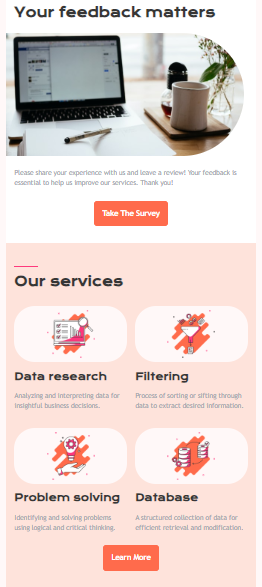
(Source: Stripo email template)
Best practices for email marketing B2B lead generation
S: What do you think are the key elements of a compelling subject line for B2B emails that really grab attention?
D: Think about utilizing variables in which the recipient's name would be substituted. For example, you may write "[Name], we have a promo code for you!" in the subject line. This easy tip can increase your open rate by 20%.
that's how much a well-crafted subject line can boost your open rate
Other key characteristics of a subject line that establish a positive first impression are as follows:
- clarity: What EXACTLY do you offer to a client?
- relevance: How does your offering relate to the recipient’s interests?
- urgency or action-oriented language: Encourage immediate action with a reasonable dose of urgency;
- brevity: Aim for 50 characters or less to ensure that your message isn’t truncated, particularly on mobile devices;
- question or curiosity: Invite the reader to find out more.
S: What are your top tips for creating effective copy and design in B2B emails that resonate with your audience?
D: As you organize an email sequence and campaigns, there are a few things to consider.
To begin with, the recipient ought to come first. Even with automation solutions for sending emails, your campaign's efforts will be in vain if the message fails to engage the recipient, add value, or capture their attention.
This implies that the send-outs should be tailored even if they are mass-produced. Thus, the capacity to discern potential clients and devise a means of establishing a connection with them is crucial. Email marketers need to possess skills to utilize brand voice and present the news, offer, or product in an interesting way.
As for copy, it should clearly describe the value of the product/service, be concise, and contain powerful CTAs, with the main being the most prominent. No errors, broken links, or other irritating things.
Design tips include:
- mobile optimization;
- clean and simple layout;
- brand consistency;
- incorporating visual elements;
- accessibility to all leads, including those using screen readers.
S: Can you share an example of a successful B2B lead generation email campaign you've been involved in?
D: A recent campaign we ran aimed to attract e-commerce businesses interested in improving their online checkout experience. The thing is that Onilab offers a custom-made checkout solution, and it was implemented successfully for clients. Here are the statistics on our email performance:
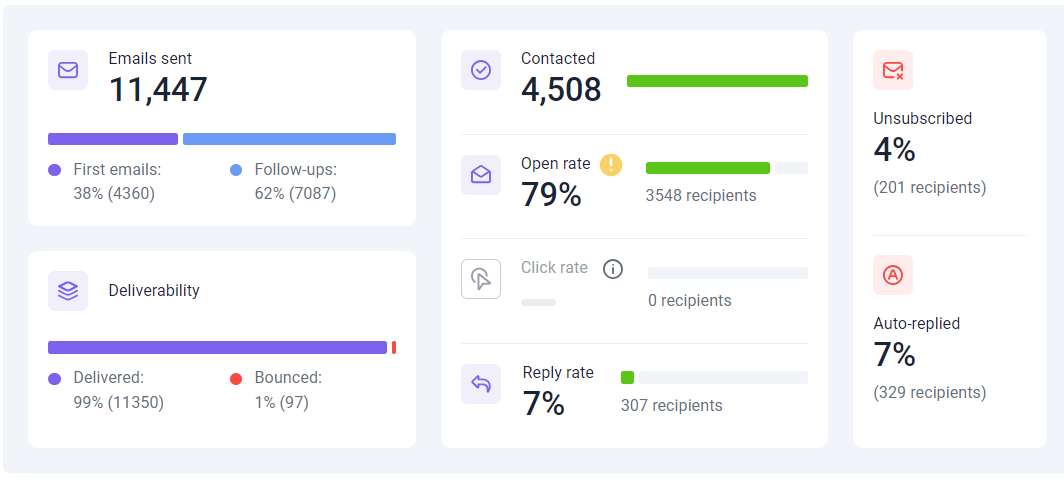
(Source: Screenshot from Onilab)
To generate leads through email campaigns, we segmented our audience based on the platform they were using and their interest in optimizing conversion rates. We used attention-grabbing subject lines and examples of success with online merchants, illustrating how we reduced their checkout abandonment and designed a clean, professional layout with a mix of text and visuals.
Measuring your email marketing B2B lead generation campaign’s success
S: What key performance indicators (KPIs) do you recommend that businesses focus on to measure their B2B email campaigns’ success?
D: The KPIs include:
- open rate;
- click-through rate (CTR);
- conversion rate;
- bounce rate;
- unsubscribe rate;
- list growth rate;
- engagement over time;
- revenue generated.
S: Which tools do you recommend for tracking and reporting email marketing performance?
D: I recommend Mailchimp, HubSpot, Google Analytics, Salesforce Marketing Cloud, Litmus, Campaign Monitor, and ActiveCampaign.
How Stripo can boost B2B email lead generation
Stripo offers several powerful features that can enhance your B2B email lead generation efforts:
- User-friendly drag-n-drop editor: Easily create and customize professional-looking emails without technical skills.
- Pre-built templates: Access a wide range of B2B-focused email templates to save time and maintain consistency.
- Dynamic content: Personalize emails with content that adapts based on recipient data, thereby increasing relevance and engagement.
- Interactive elements: Add features such as accordions, carousels, and countdown timers to make your emails more engaging.
- CRM and automation integration: Seamlessly integrate with major CRM systems and automation platforms for streamlined lead management.
- Collaboration tools: Work with your team in real time to refine email designs and campaign strategies.
- Advanced testing and analytics: Ensure that your emails look perfect across devices and platforms, and track performance to optimize future campaigns.
Wrapping up
Diana Kastahladava’s insights reveal that email marketing remains an essential pillar of B2B lead generation. Through careful segmentation, thoughtful personalization, and strategic use of automation, marketers can overcome common challenges and nurture leads more effectively. The ability to adapt to changing buyer behaviors, integrate with CRM systems, and continuously measure and optimize email performance is crucial for long-term success.
As Diana highlighted, success in B2B email marketing depends on understanding your audience, crafting targeted content, and using the right tools to track performance. With email marketing evolving, businesses that embrace best practices and experiment with creative, personalized approaches will find themselves well-positioned to grow and sustain valuable relationships with their leads.


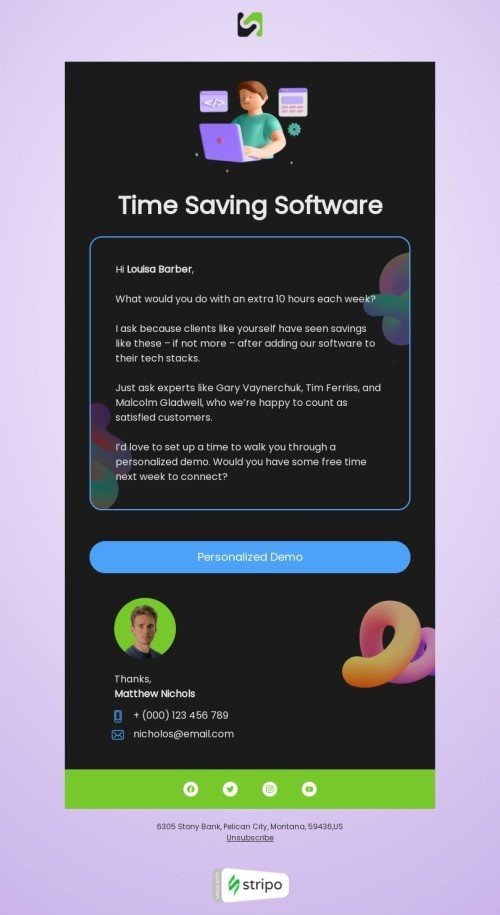
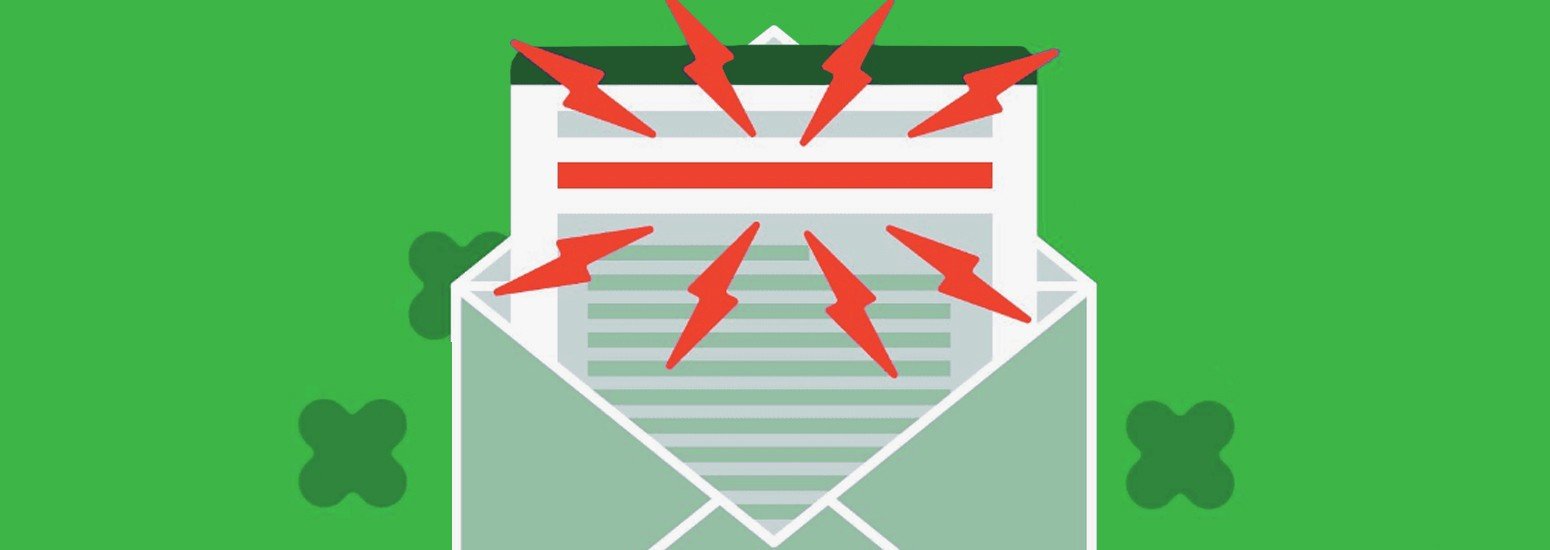
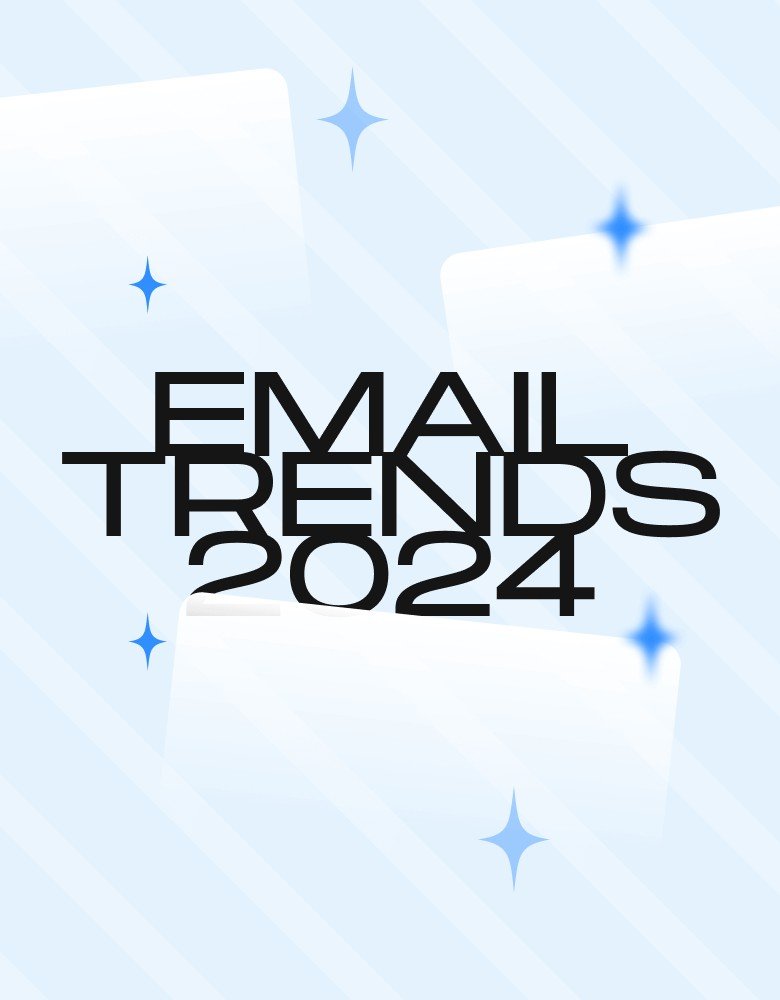
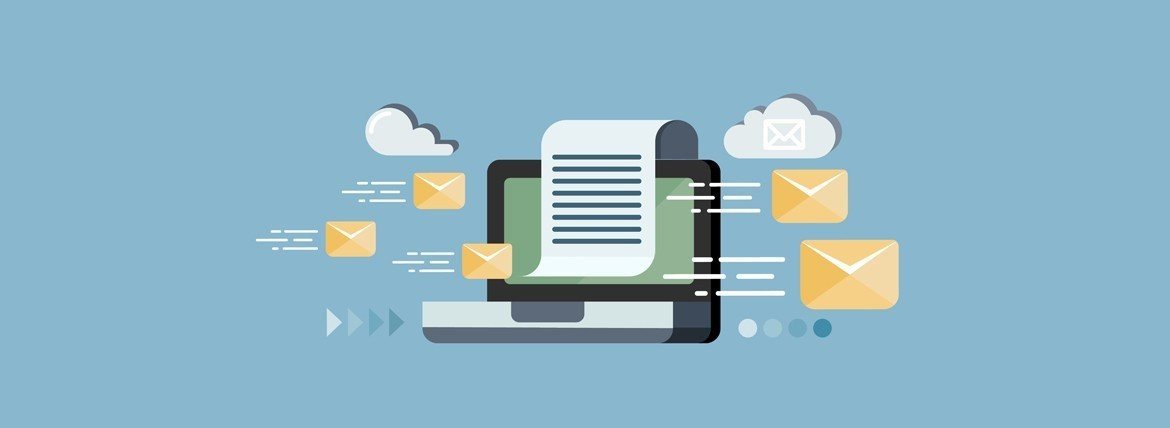

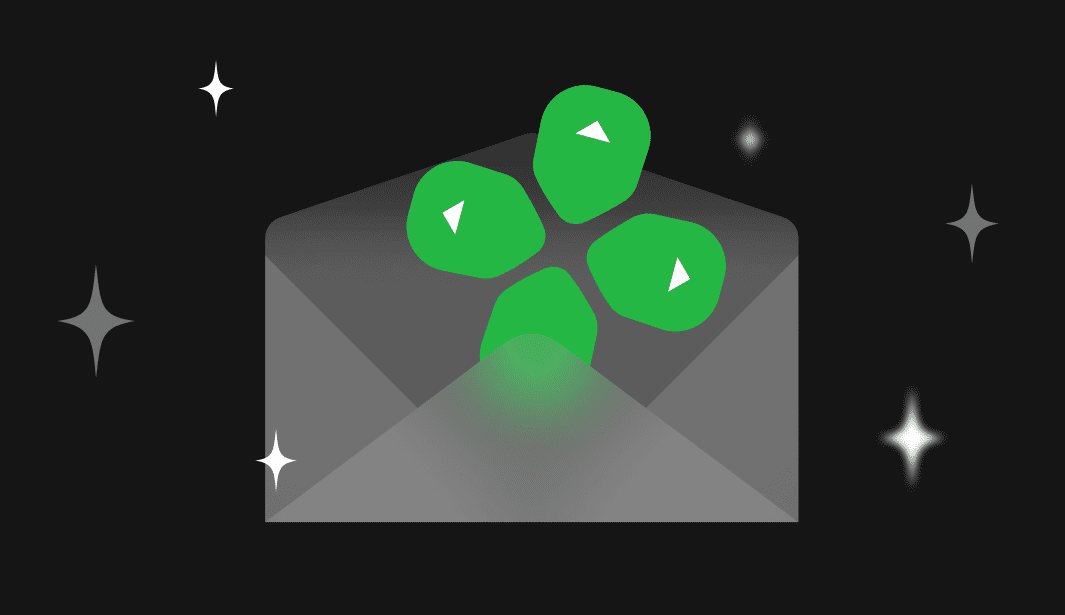


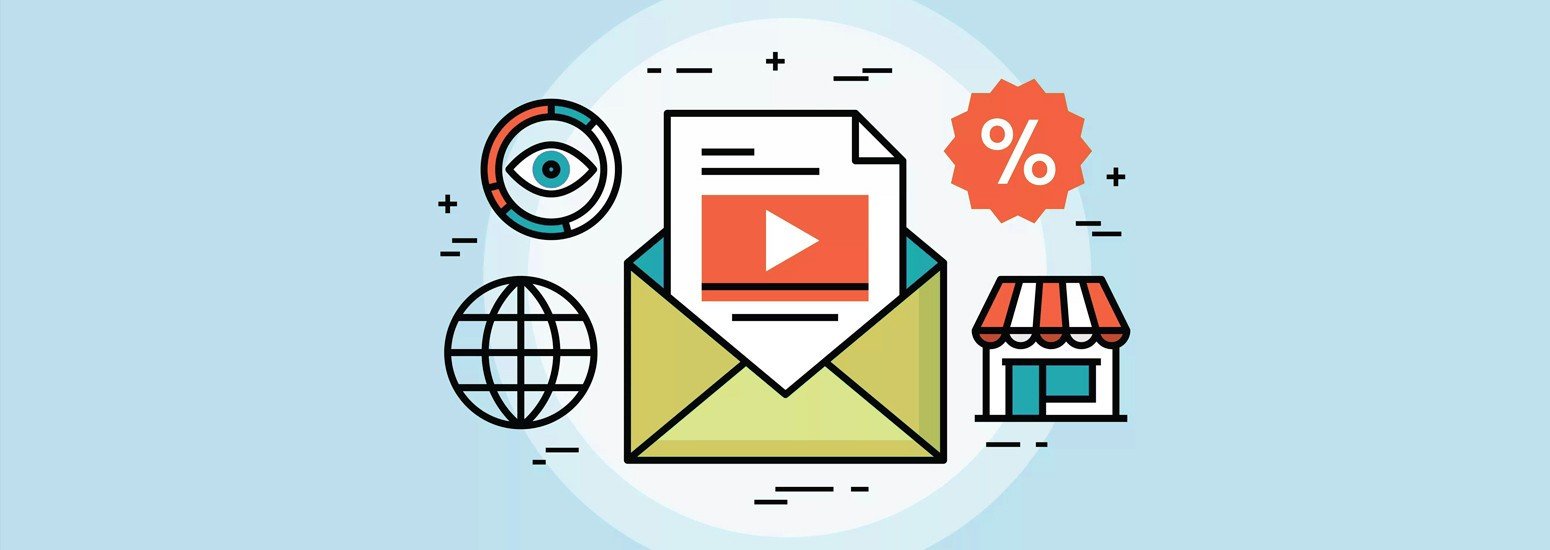
0 comments